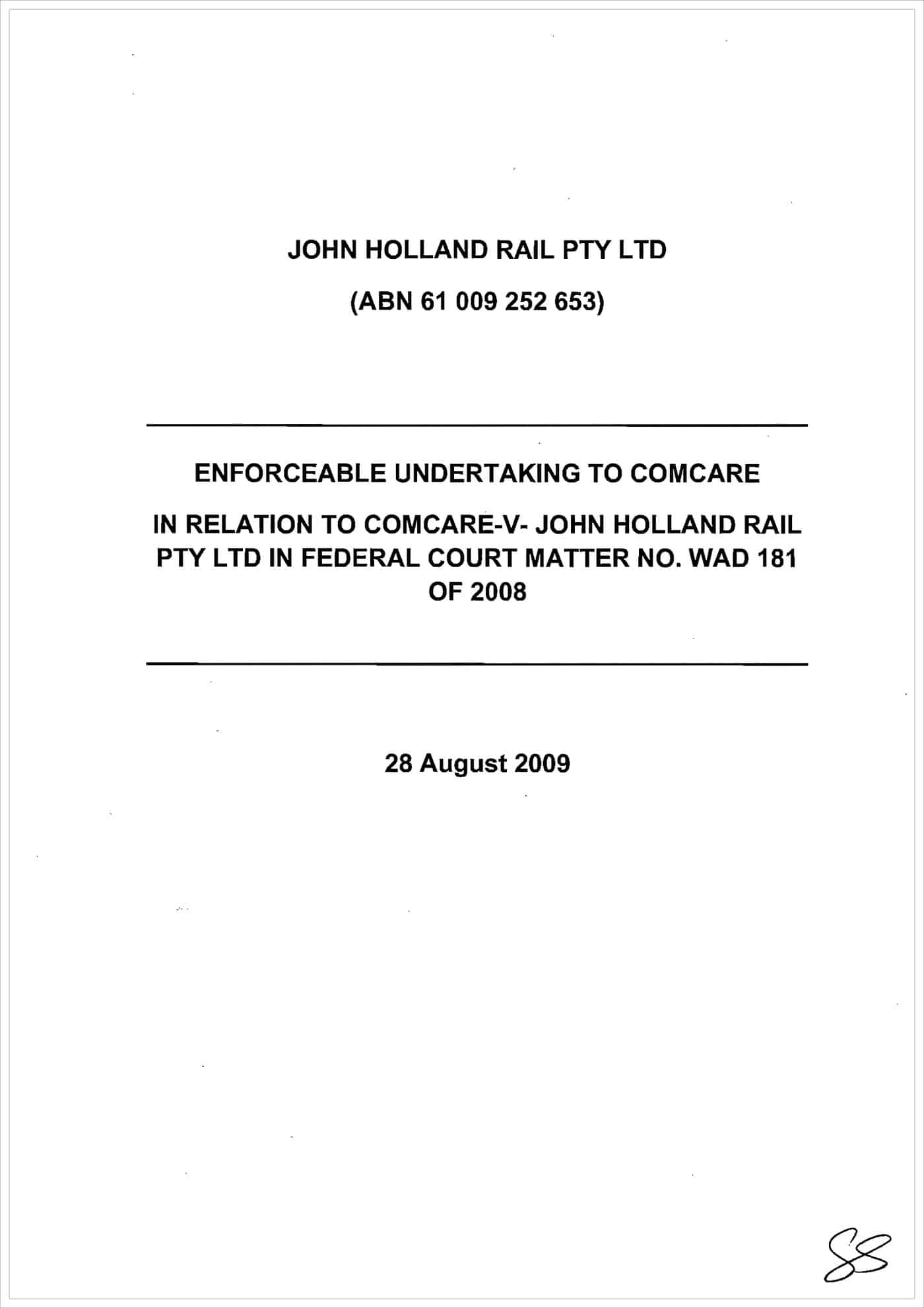
Michael Tooma, of the Australian law firm Deacons, is often the first labour lawyer to comment on Australia OHS Law matters and this week was no different. While many of us are continuing to digest the draft OHS Act, Tooma has identified several issues of interest. Some are discussed below.
[Tooma’s full legal update is available HERE]
An expanded duty of care that may extend beyond workplace safety and OHS
The duty of care will include
- “providing and maintaining a safe and healthy work environment;
- providing and maintaining safe plant and structures;
- providing and maintaining safe systems of work;
- ensuring safe use, handling, storage and transport of plant, structures and substances;
- providing adequate facilities for the welfare of workers carrying out work for the business or undertaking;
- providing any information, training, instruction or supervision that is necessary; and
- ensuring the health of workers and conditions at the workplace are monitored for the purpose of preventing illness or injury of workers.”
Most of these will be familiar to Australian OHS professionals and there is little that is controversial here but Tooma says
“This expanded duty has the capacity to broaden the existing duties significantly, extending their reach to any activities that may impact health and safety. The extent of the duty as drafted in the model provisions arguably includes public safety matters….. In addition to public safety, arguably the provisions are capable of applying to product safety matters.”
Tooma expands on this slightly in an article in SmartCompany in terms of an alternative to public liability.
“Tooma says this means duty of care will now extend to issues of public safety, including visitors, passers by and even trespassers, which could open businesses up to civil litigation claims from people who aren’t even employees of a business.
Tooma says the laws allow a member of the public to sue a workplace based on a breach of statutory duty, rather than a negligence claim, which often carries a higher penalty and is more difficult to defend in court.”
The extension of workplace safety obligations to include the impact of work processes on those outside the worksite has existed for some time but the draft legislation has the capacity to highlight this “opportunity” to some. The integration of work and non-work exposures has some logic to it when one considers the growing push for integration of work health and public health management such as reducing cardio-vascular health risks through work-based initiatives. It also broadens the social integration of OHS and environmental management which larger companies are already managed through an integrated structure.
Union Right of Entry
There have been some frightful cases of union intervention, particularly in the construction industry, over the last few years. Depending on one’s politics the union reps or organisers are either doing the right thing by their members or disrupting the workplace for their own secret agenda. This situation does not reflect the vast majority of workplace consultations on OHS matters.
Prior to the introduction of the Victorian OHS Act which established an authorisation process for union organisers, SafetyAtWorkBlog remembers one prominent OHS lawyer, warning that “the sky will fall” over this issue. It never did in Victoria and there is no reason to suspect that new right-of-entry provisions will be controversial in any workplaces other than those that already have fractious relationships between unions and management, and often on matters unrelated to safety.
However, Tooma says that
“The union right of entry provisions contained within the Model OHS Laws involve a far greater expansion of the rights of unions than those which exist in current OHS legislation throughout the jurisdictions, particularly in New South Wales, South Australia, Tasmania and the Commonwealth. The Model OHS Laws give unions not only the power to investigate incidents but also to advise workers in relation to OHS matters.”
There was always going to be some changes in some jurisdictions due to the harmonisation process following the Victorian OHS Act 2004. SafetyAtWorkBlog has faith in the authorities implementing sufficient safeguards that union right-of-entry will not be the hotbed of anxiety that some are suggesting.
More legal commentary on the draft OHS Law documents is likely to be released over the next few weeks as the drafts get digested and the six-week public comment phase kicks in. It is sure to be the hot talking point as Australia moves into a bunch of OHS activities, conferences and awards events in October 2009 leading to Safe Work Australia Week.


